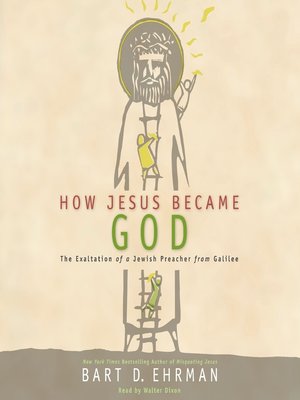


While most changes are a word or phrase, there are two rather large passages which don’t seem to be in the originals – one is the story of the woman taken in adultery – “he who is without sin among you, let him cast the first stone” the other is the “longer ending” of the end of the book of Mark. The remainder, though, can really change how the whole story is interpreted…Įhrman points out what are probably the most striking examples in our modern Bibles which are almost certainly different from the originals.

But, he also acknowledges that the vast majority of these are fairly inconsequential. And there are many differences – Ehrman says more differences than there are words in the New Testament. find out what versions they themselves are copies of) and examine the historical context of their authors to determine what version is “right” when there are differences. (The earliest known manuscript of what’s now in our New Testament is a short copy of a part of John 18 dated to the early second century.) Scholars trace the origins of these manuscripts (ie. Textual criticism is the process of trying to figure out what the originals actually said, generally by examining as many ancient manuscripts as possible. As he studied more, however, he realized that we most definitely don’t have the original words of the New Testament in our Bibles today – so how can we claim that the Bible is the pure, unadulterated word of God? Especially in the first few centuries after Christ, individual books were written, passed around among congregations, and copied – sometimes with unintentional mistakes sometimes with intentional changes to “correct” what was read to better reflect the scribe’s own beliefs. Ehrman begins with his background as a youth in an evangelical church, one which accepted the Bible as the unerring word of God.

This is a very readable introduction to textual criticism of the New Testament.


 0 kommentar(er)
0 kommentar(er)
